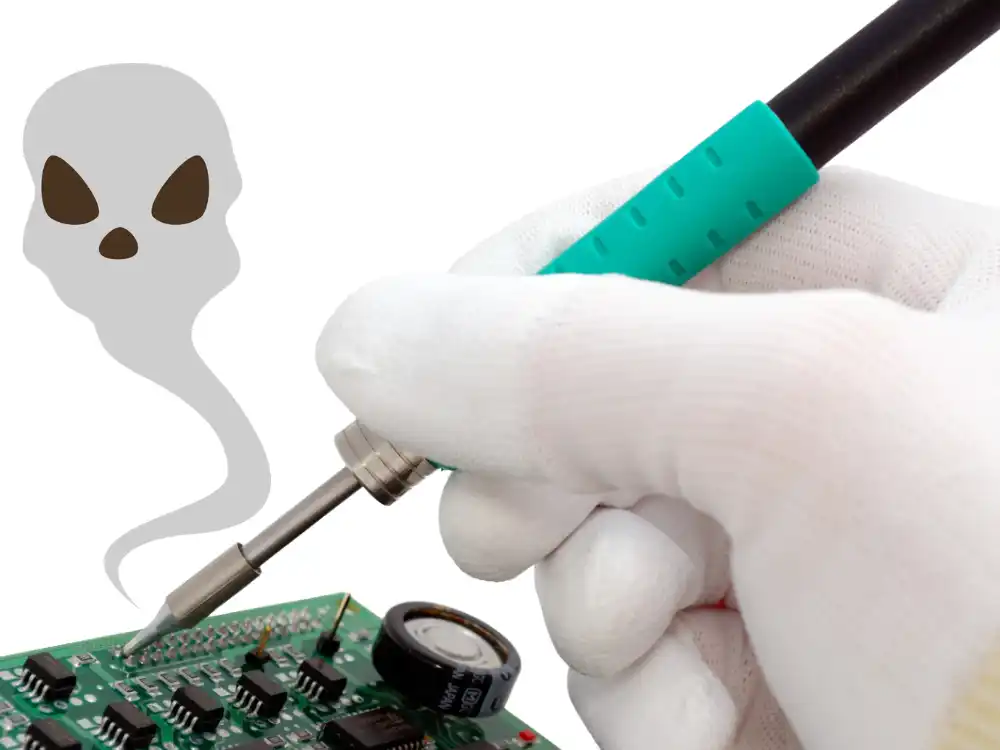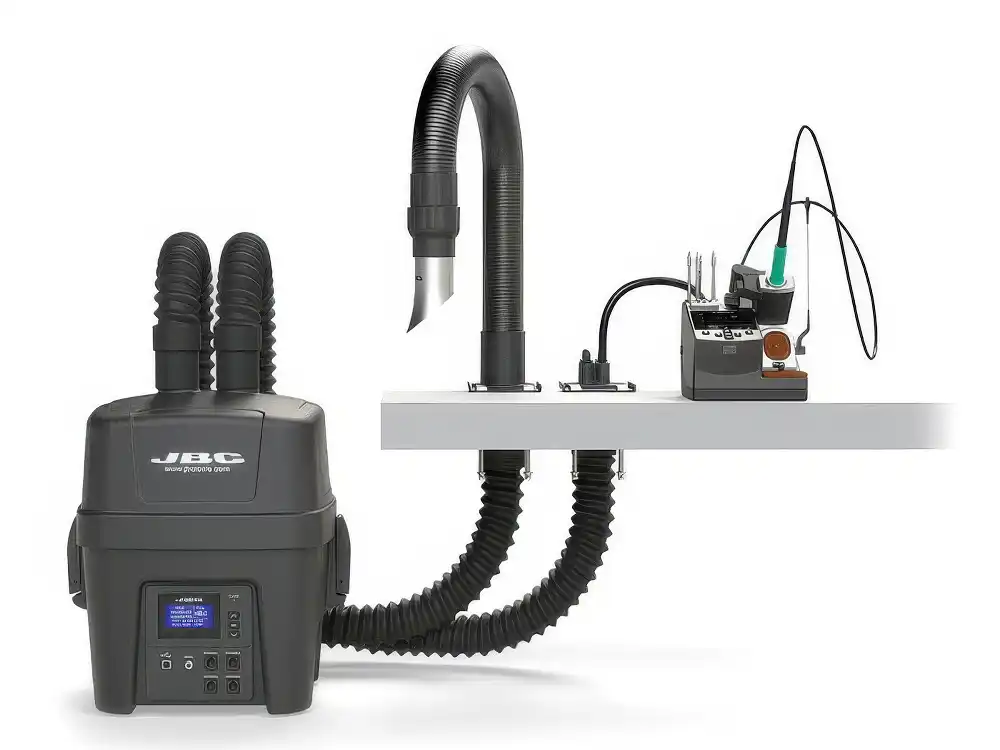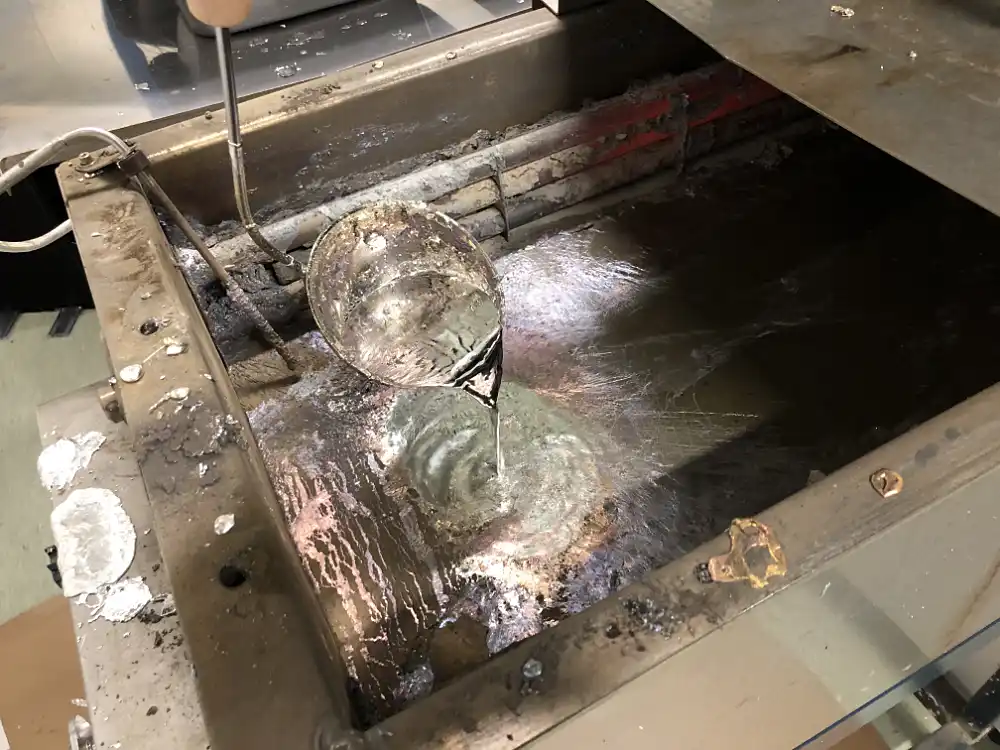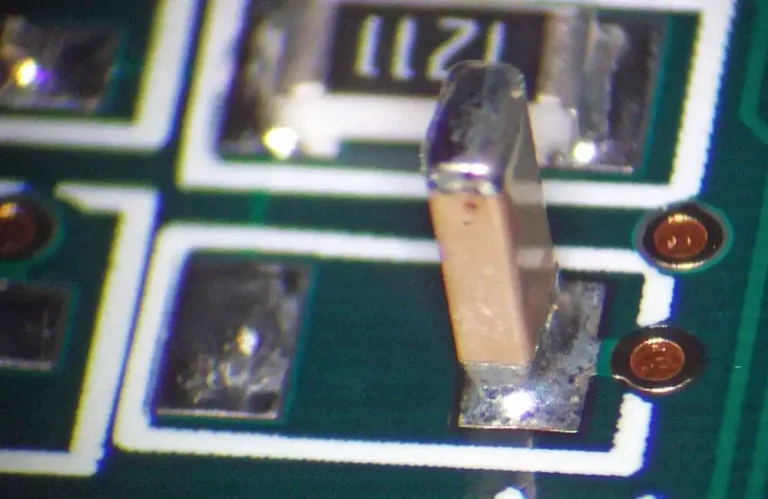Occupational Safety in the Electronics Industry: A 2024 Update
The electronics industry is often perceived as a relatively safe sector in terms of occupational hazards. While this is true compared to industries like construction or mining, it still presents its own set of risks. Despite the near-complete phase-out of lead through RoHS (Restriction of Hazardous Substances) regulations, workers are still exposed to harmful substances and hazards. In this updated article, we’ll look at key safety concerns in electronics manufacturing and how they can be mitigated.
Solder Fumes: Hidden Dangers
Soldering is a core process in electronics manufacturing, whether done by hand or through automated methods. Even with the elimination of lead from solder, the fumes from fluxes used during soldering can still expose workers to carcinogenic substances. These fumes contain harmful chemicals that, if not adequately managed, can lead to respiratory issues and even cancer over prolonged exposure.

Fume extraction systems are crucial in removing these harmful vapors. Older systems used simple fans to push fumes across the room (often to a colleague’s workstation!). Nowadays, fume extraction is far more sophisticated. Effective systems either vent the fumes outside or purify the air through filters before recirculating it. Both fixed and portable solutions are available, but the key to success lies in properly designed nozzles and suction power control. The nozzle’s design, not the suction power, determines the fume extraction efficiency.

Ergonomics and Repetitive Strain Injuries
Electronics manufacturing often involves repetitive motions, whether through manual soldering, assembling components, or operating machinery. Poor ergonomics can lead to musculoskeletal disorders, including carpal tunnel syndrome and chronic back pain.
Workstations should be adjustable to suit the needs of individual workers. Sit-stand desks, ergonomic chairs, and tools designed for repetitive tasks can significantly reduce strain on the body. Additionally, regular breaks and ergonomic training are essential to preventing long-term injuries.

Chemical Exposure: Beyond Soldering
Chemicals are an integral part of the manufacturing process, from adhesives to cleaning agents and conformal coatings used to protect circuit boards. Some of these substances are toxic, and long-term exposure can lead to serious health issues, including respiratory problems, skin disorders, and even neurological damage.
Safety protocols for handling chemicals have improved significantly in recent years. For example, the use of water-based conformal coatings has grown in popularity, as they are less harmful to both workers and the environment. However, regardless of the chemical type, personal protective equipment (PPE) like gloves and masks, along with proper ventilation, are essential in minimizing exposure.
Machine Safety: A Constant Challenge
Modern electronics manufacturing facilities are filled with machines like reflow ovens, wave soldering machines, and pick-and-place robots. While these machines have advanced safety features, improper use or poor maintenance can still lead to accidents. For instance, reflow ovens operate at extremely high temperatures, and wave soldering machines can expose workers to molten solder if not handled properly.

Safety protocols must be strictly followed, and employees should be thoroughly trained before using any machinery. Machines should have emergency shutoff switches and should be regularly maintained to ensure their safety features remain effective. Automation has helped reduce direct human contact with hazardous processes, but safety checks are still crucial.
Electrical Safety: Always a Priority
Working with electronics naturally involves risks related to electrical safety. High-voltage systems, exposed wires, and faulty equipment can cause electric shocks or even fires.
Routine electrical safety training is essential for workers. Equipment should be inspected regularly, and grounding practices should be followed to prevent electrical accidents. Lockout/tagout procedures, where equipment is completely shut off and locked during maintenance, are increasingly common and help prevent unintended energization.
Mental Health and Well-being
Electronics manufacturing can be a high-pressure environment, with constant production targets and tight deadlines. Over time, this can lead to stress, burnout, and mental health issues if not properly addressed.
Promoting mental well-being in the workplace is gaining attention. Flexible working hours, mental health support programs, and ensuring adequate rest breaks can help maintain a healthy workforce. Open communication channels between workers and management can also alleviate some of the pressure by addressing issues before they escalate.








